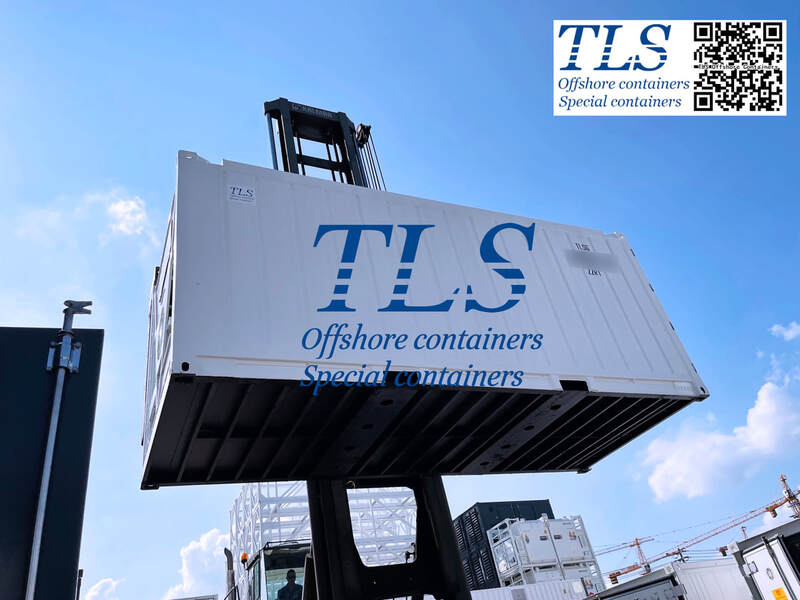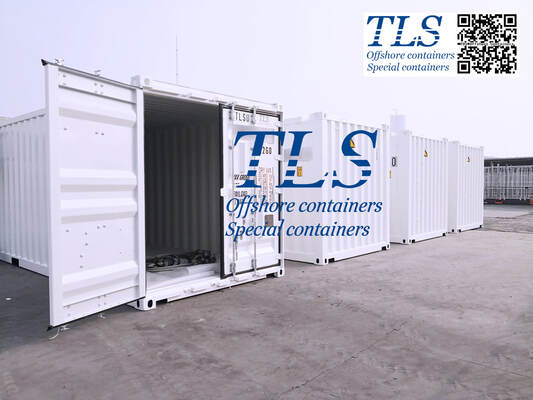|
The International Organization for Standardization (ISO) Container Technical Committee (ISO/TC104) has set specific conditions that containers must meet to be considered suitable for use. These conditions include:
Offshore containers have evolved from standard containers and are widely used in the offshore oil industry as supporting equipment. However, there are significant differences between standard and offshore containers in terms of their operating environments and lifting methods. Standard containers are typically transported by container liners to ports and secured using box guideposts or stacking fixings. In port terminals, they are hoisted using container cranes and twist lock devices. In contrast, offshore containers are exposed to the harsh marine environment and are subject to single-point lifting on supply vessels or oil platforms. They require higher structural strength and protection due to potential collisions with adjacent containers or hulls. Offshore containers are not allowed to be stacked on ships during transport, and stacking fixings are not used for lifting. The certification and production of offshore containers are subject to strict requirements compared to standard containers. The certification process includes evaluation and certification, manufacturing process inspection, and sample box testing, which involves four-point lifting, two-point lifting, inclination testing, and drop testing. During production, the material and welds of the main structure undergo rigorous quality control. Therefore, it is essential to differentiate and identify between standard and offshore containers in terms of procurement, design, display, and operation to better manage offshore container business. TLS Offshore Containers / TLS Special Containers is a global supplier of standard and customised containerised solutions. Wherever you are in the world TLS can help you, please contact us. Written by OliverComments are closed.
|
Archives
July 2024
Categories
All
|
- Home
-
Containerised solutions
- Intelligent pressurised container | MUD logging cabin
- Battery energy storage system (BESS) container
- Flexible grid tied battery storage system
- Laboratory container | workshop container | Equipment containers
- Temporary refuge shelter | Toxic gas refuge | Safe haven
- Offshore accommodation cabin | office container
- Reefer container | Refrigerated container
- Intelligent waste water treatment container
- Fresh water generator container
- Cargo Containers
- Product photos & videos
- News & Blogs
- Contact us
|
Featured products
Intelligent pressurised container Temporary refuge (TR) shelter, toxic gas refuge (TGR) Battery energy storage system (BESS) container Containerised waste water treatment plant Fresh water generator container Reefer container Laboratory container, Workshop container Accommodation container Offshore closed container |
All Rights Reserved 2020 © TLS Offshore Containers / TLS Energy
|


